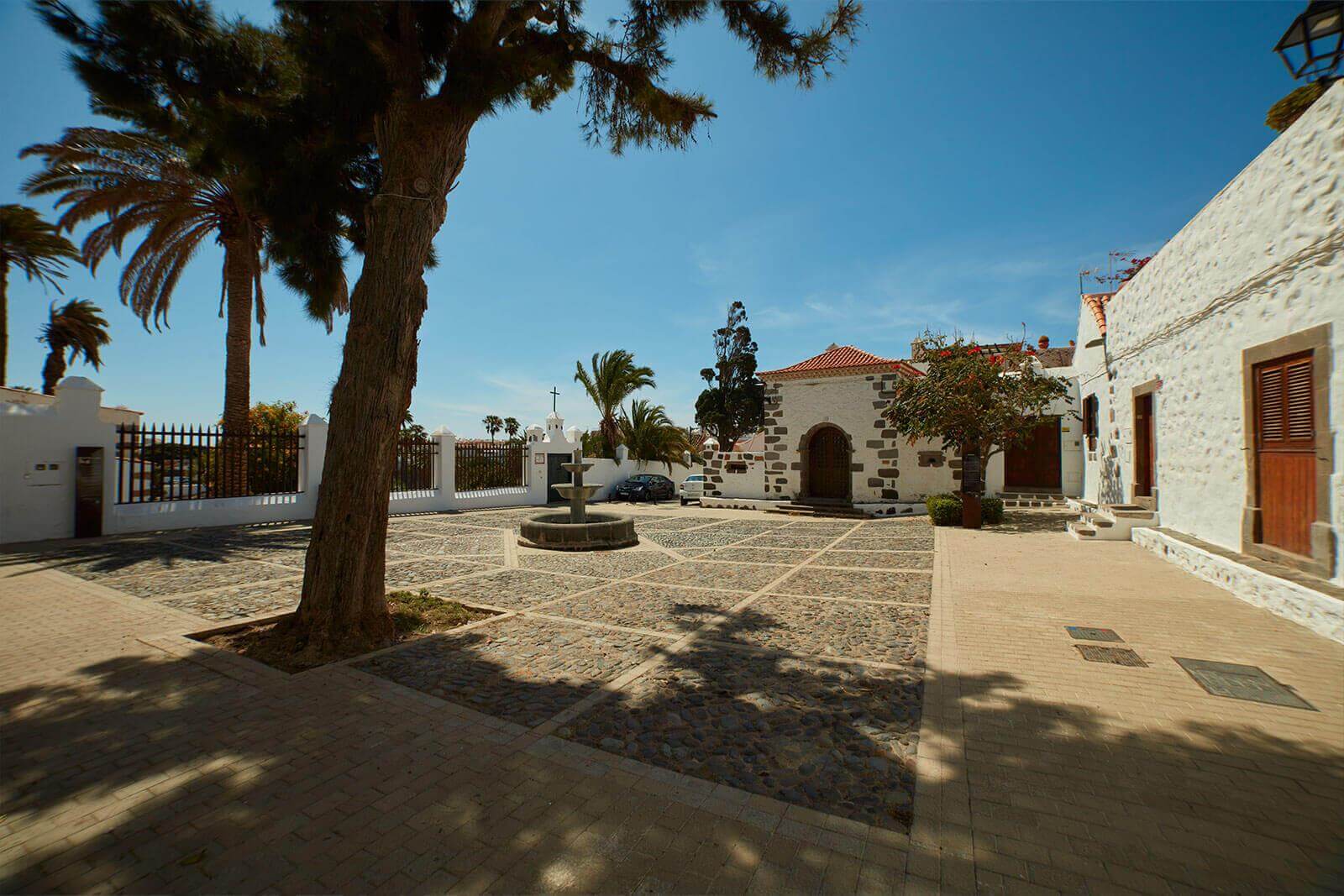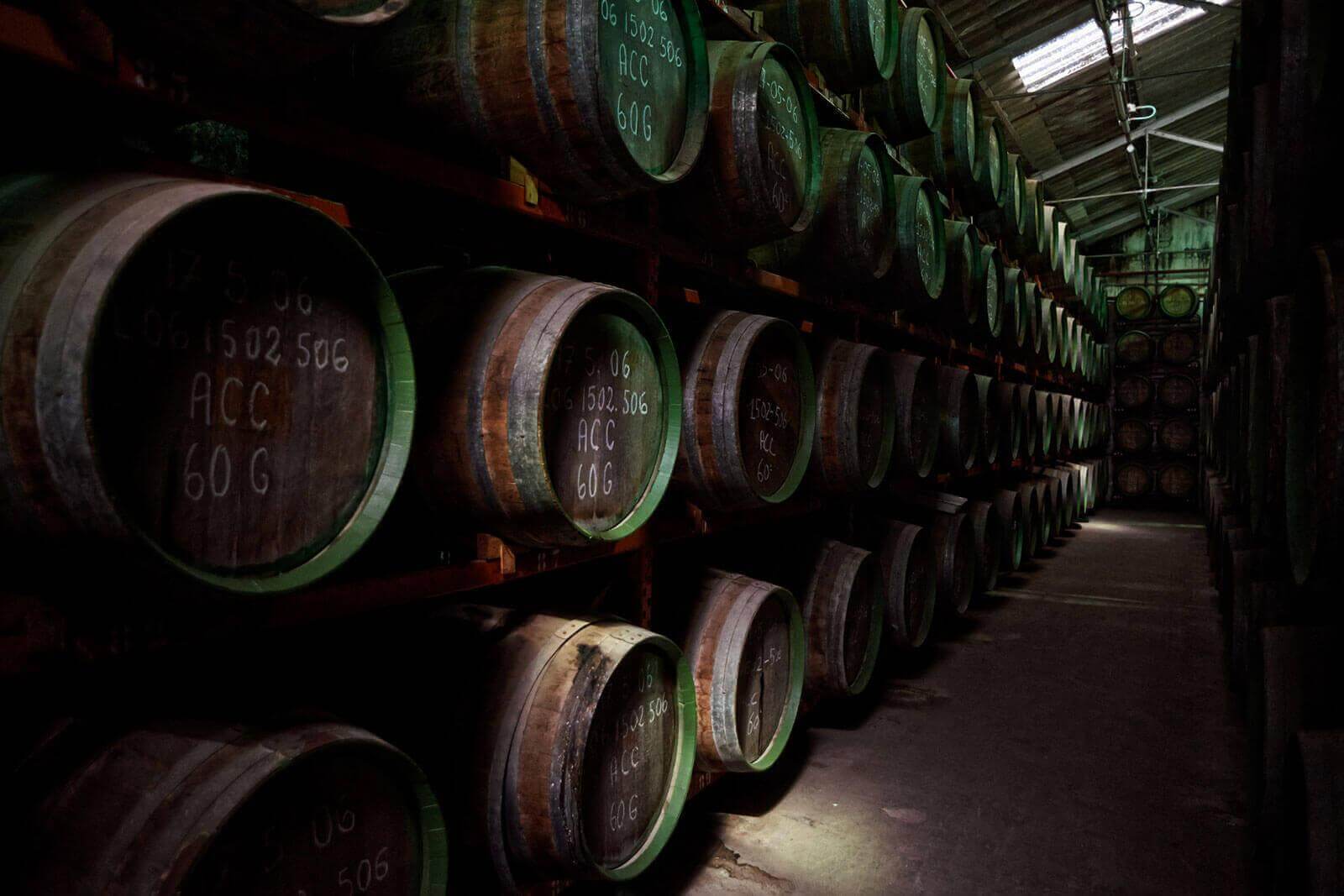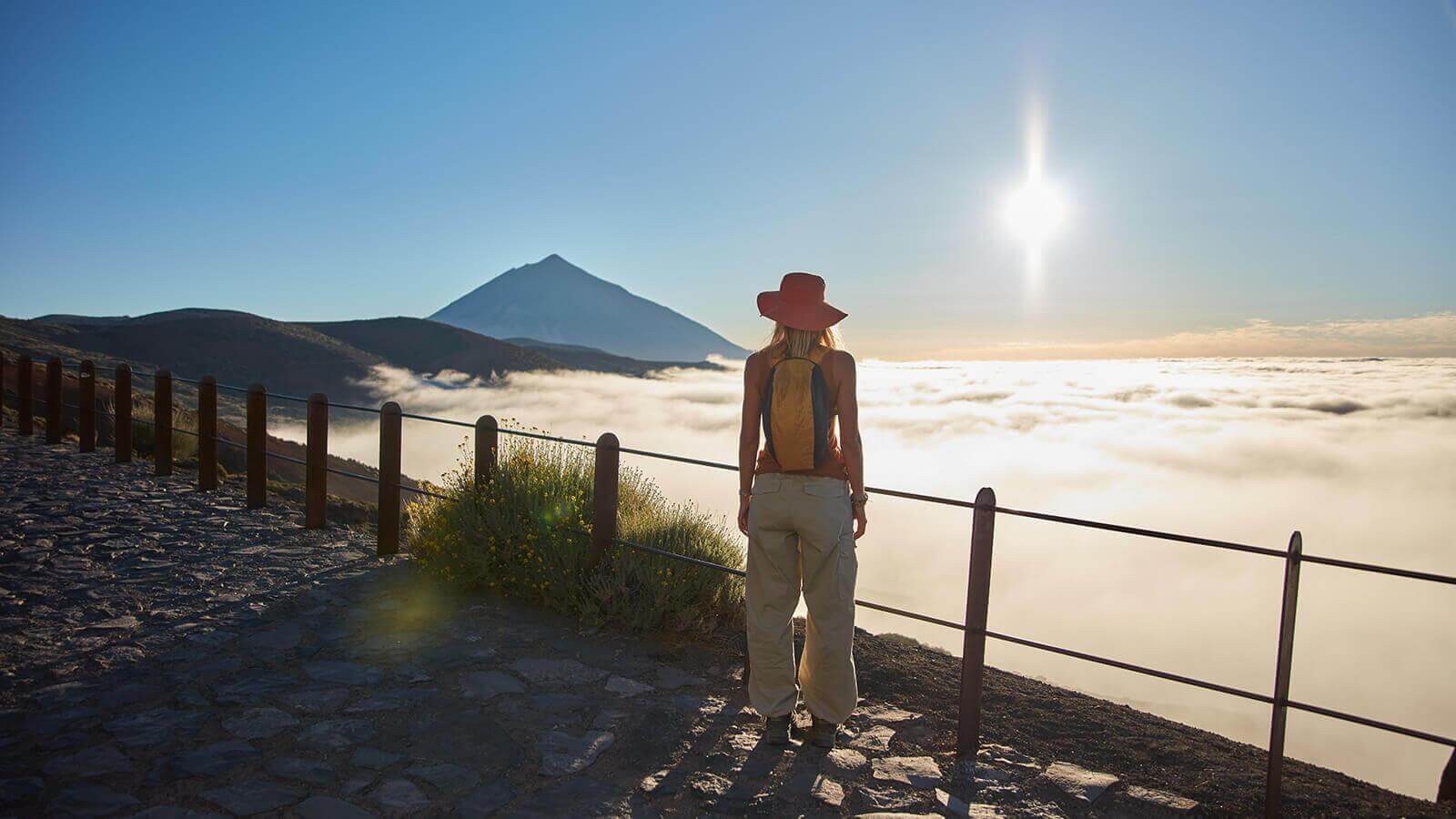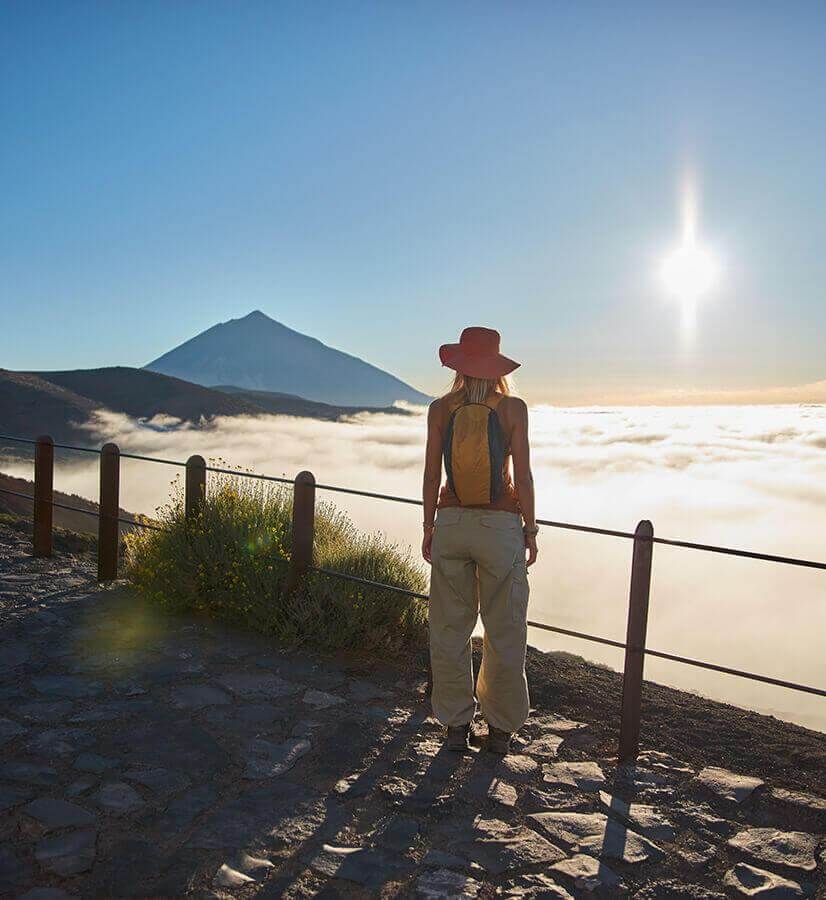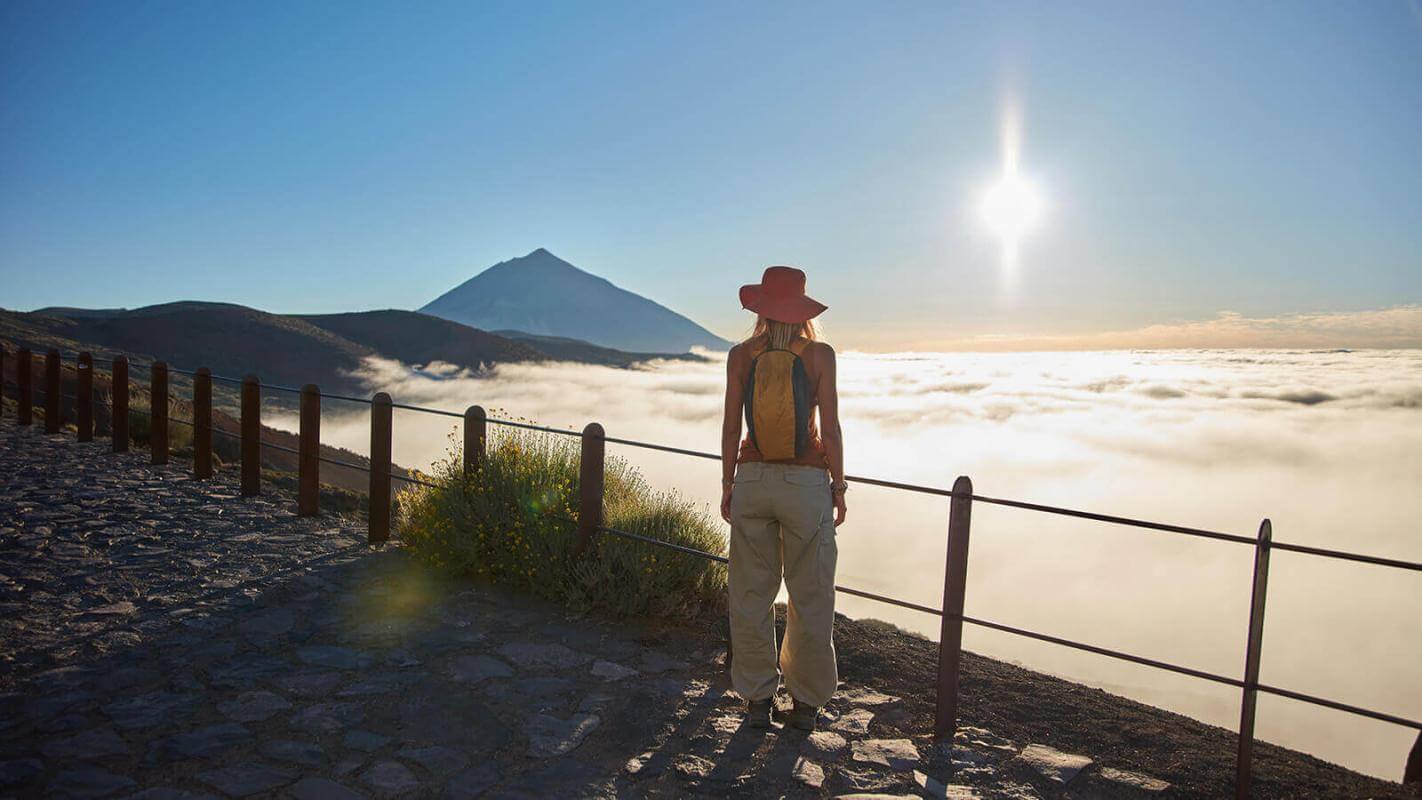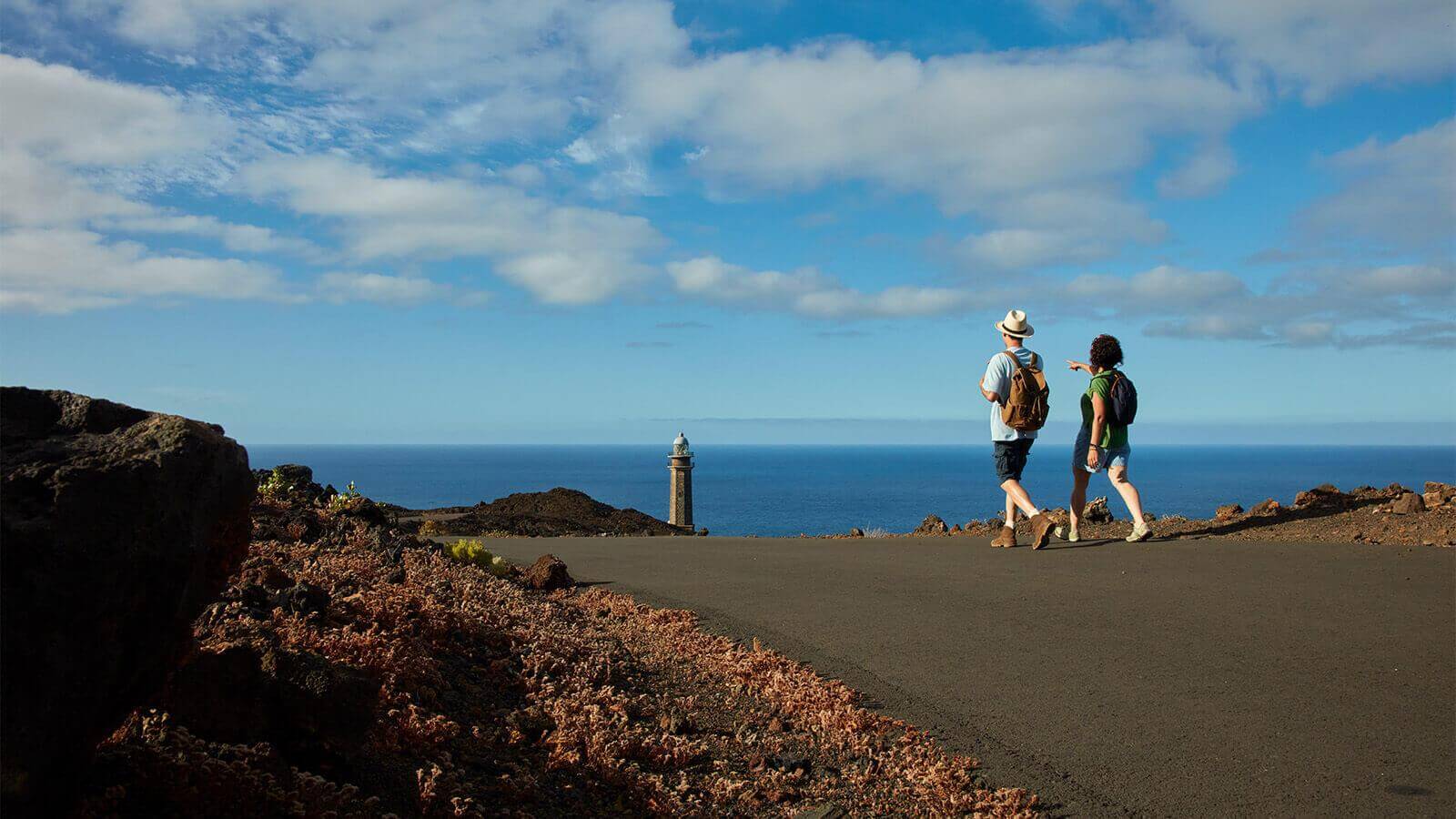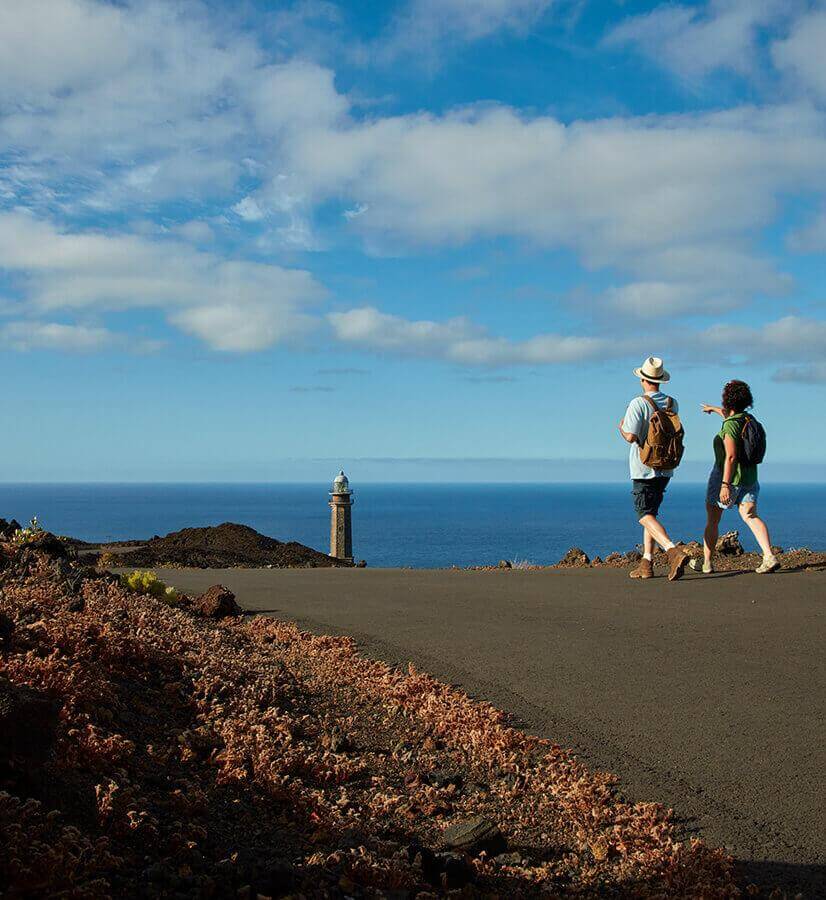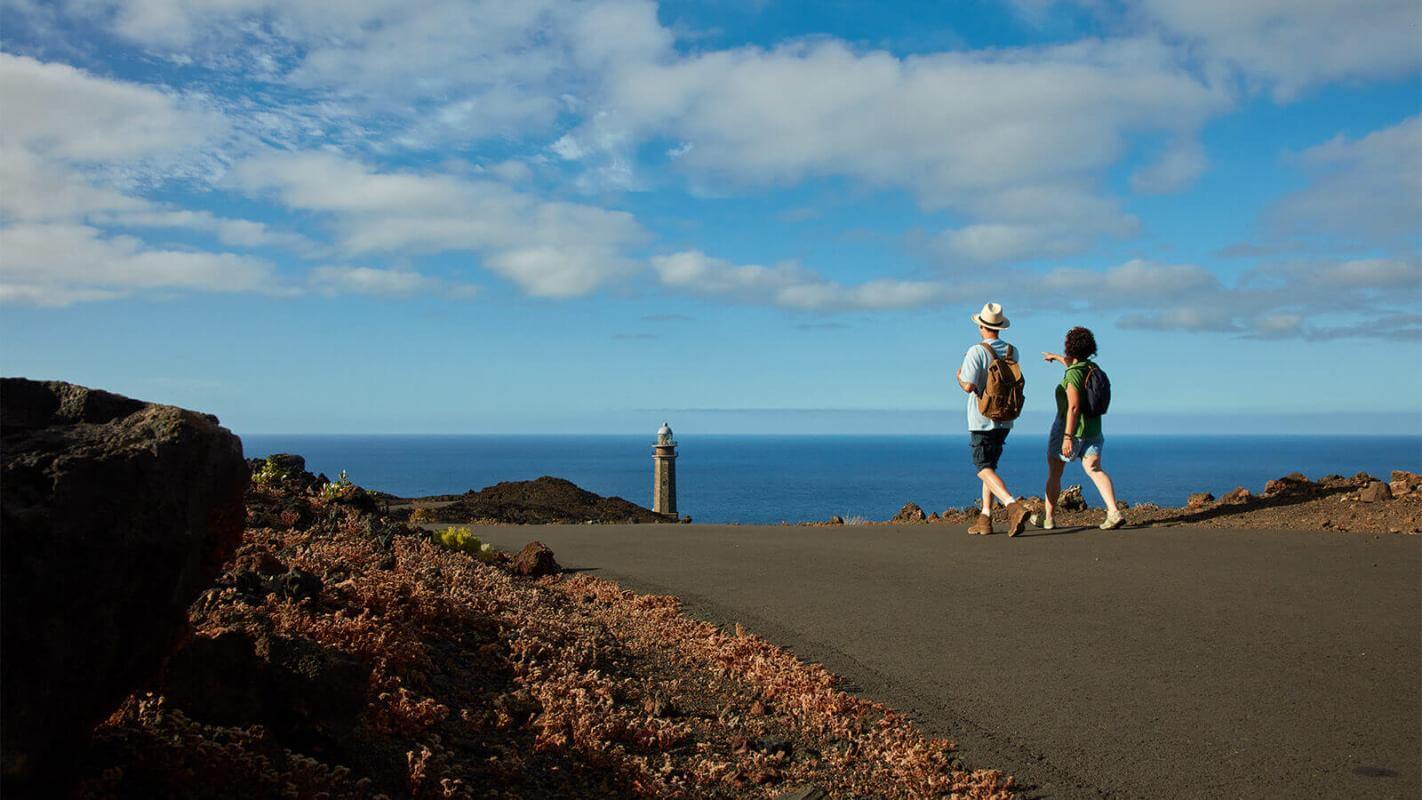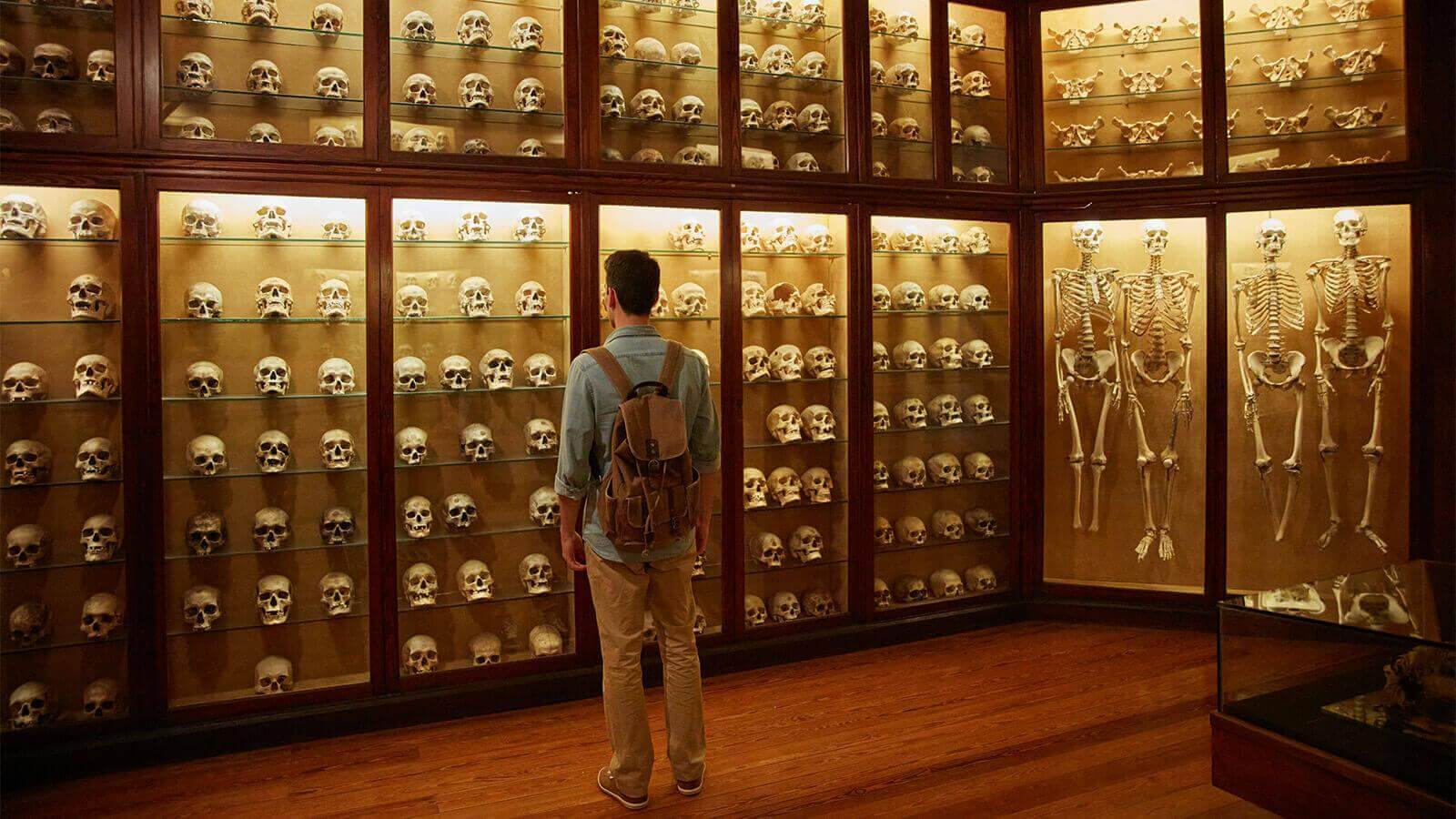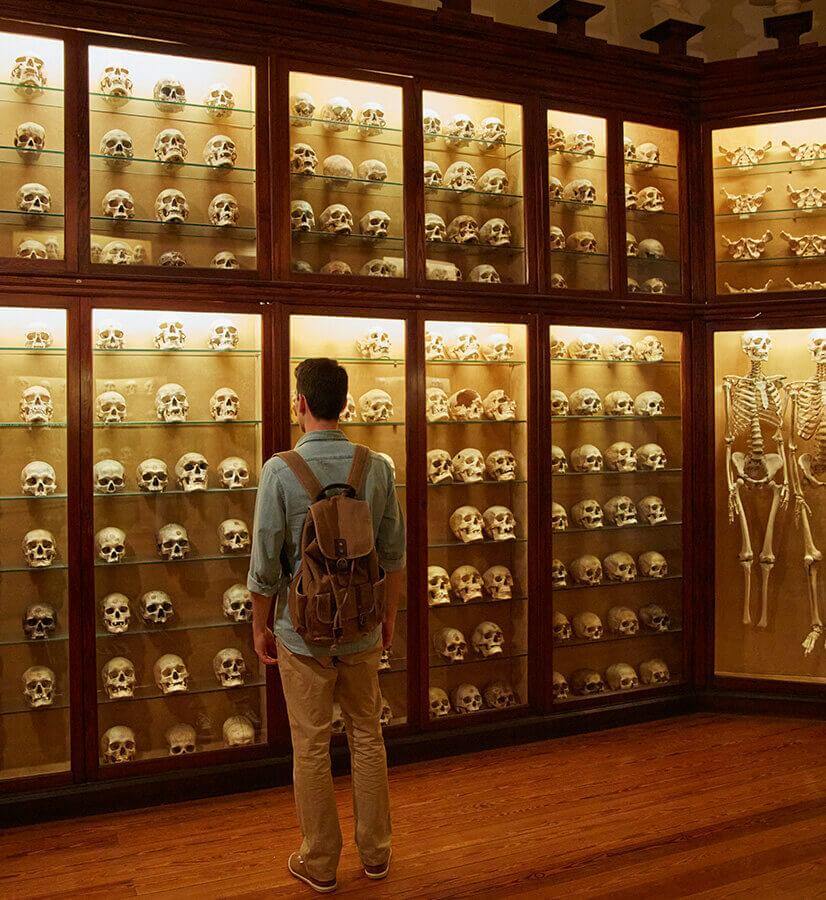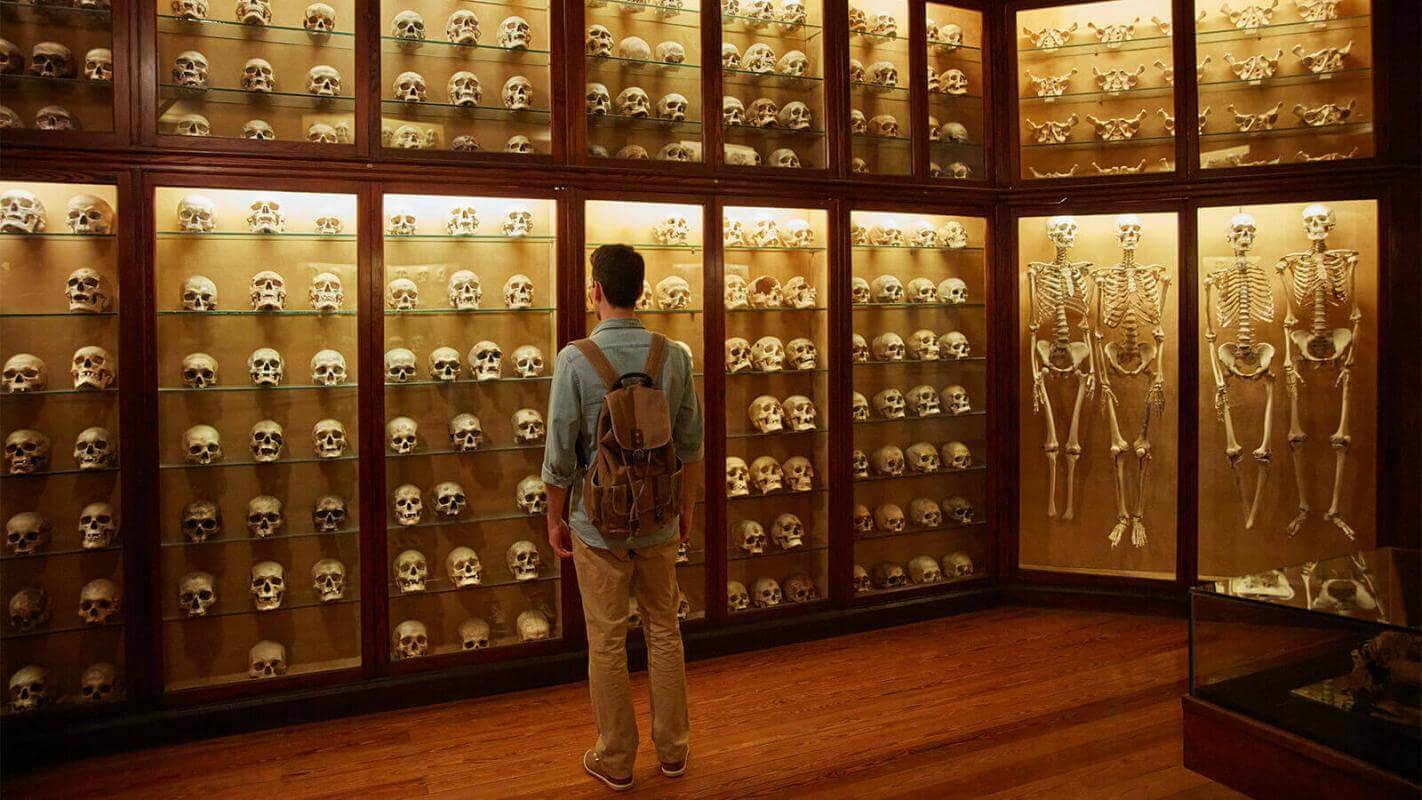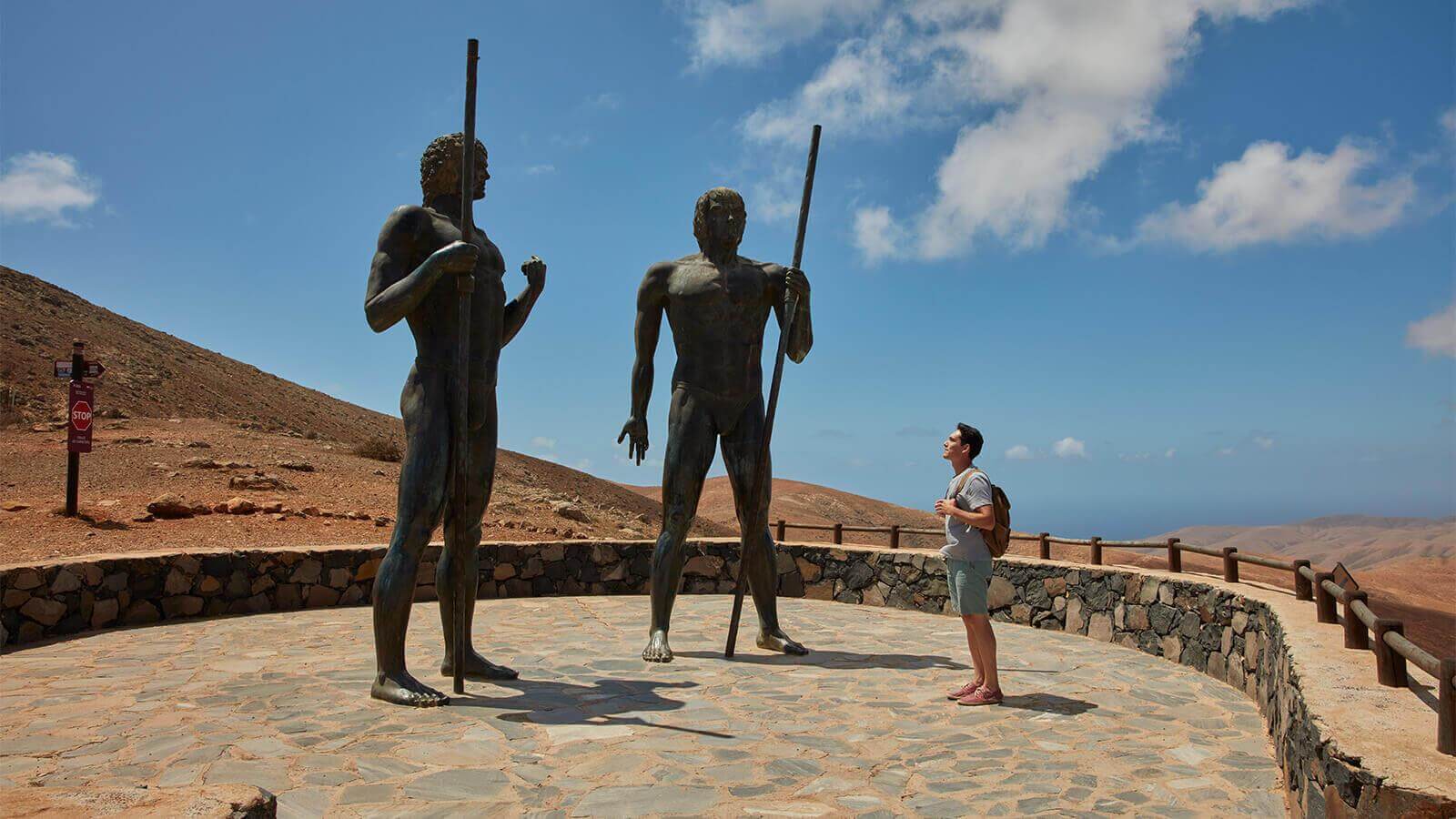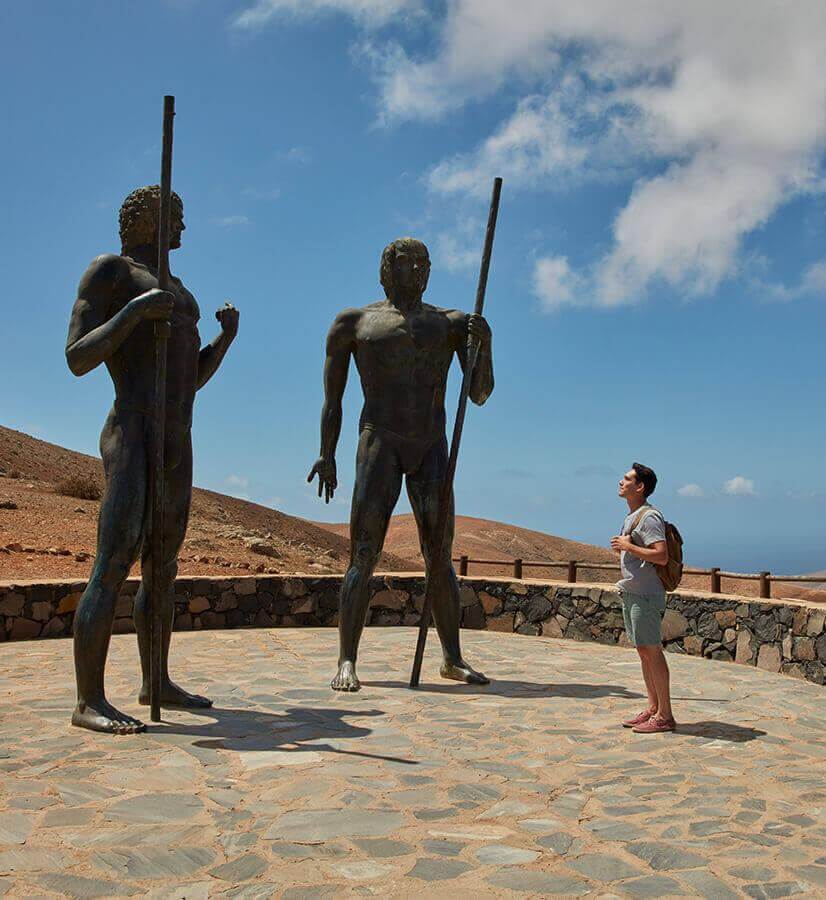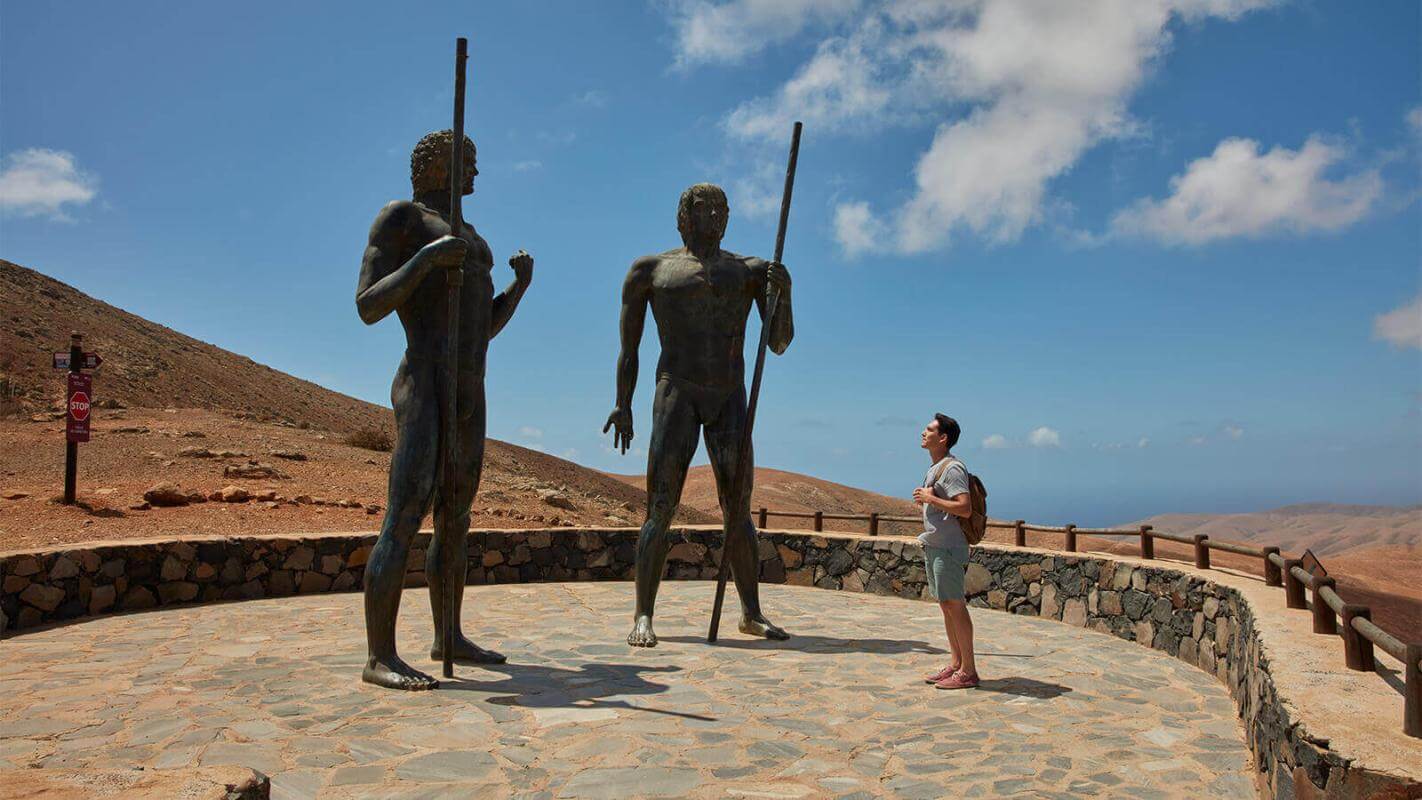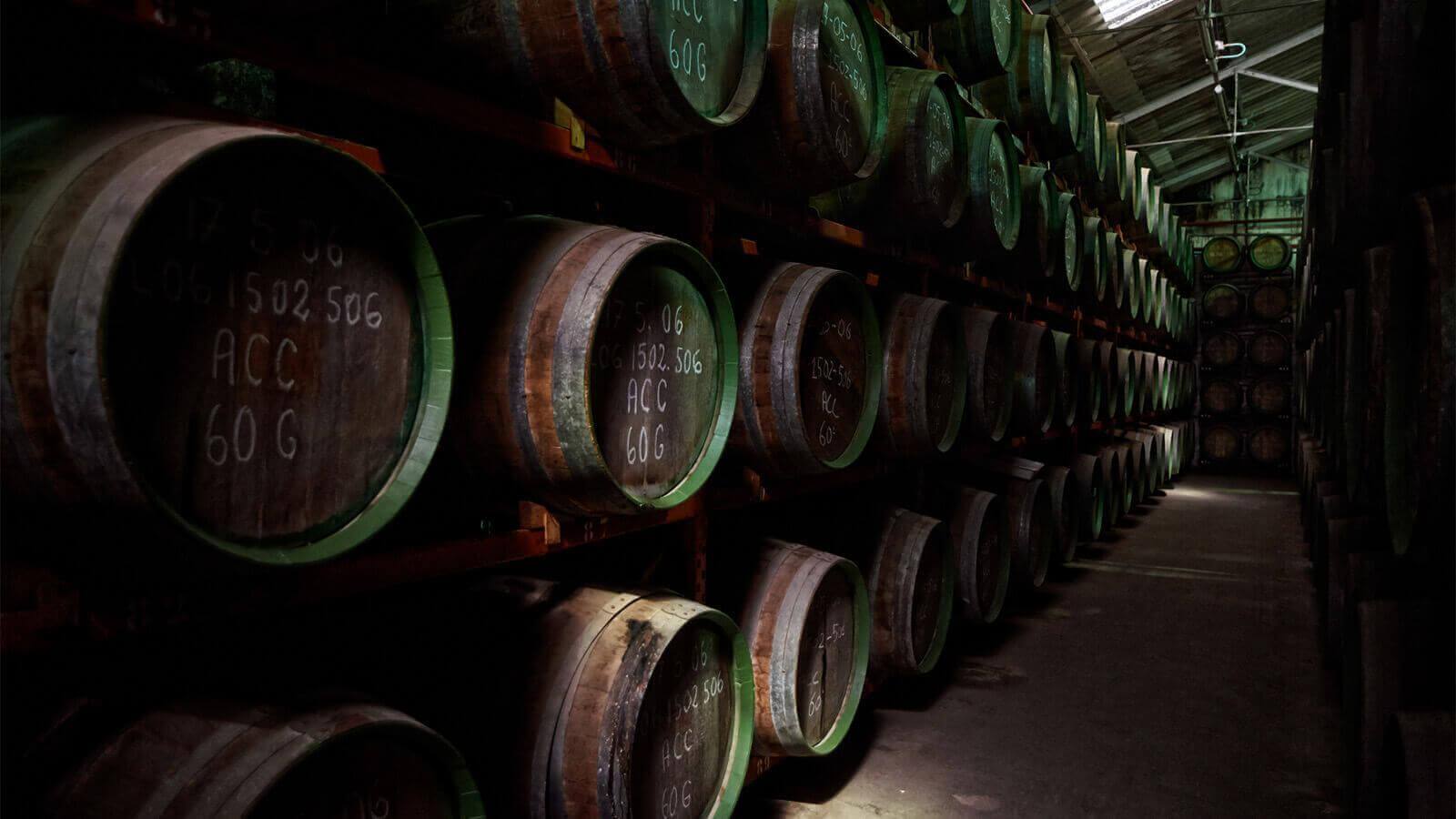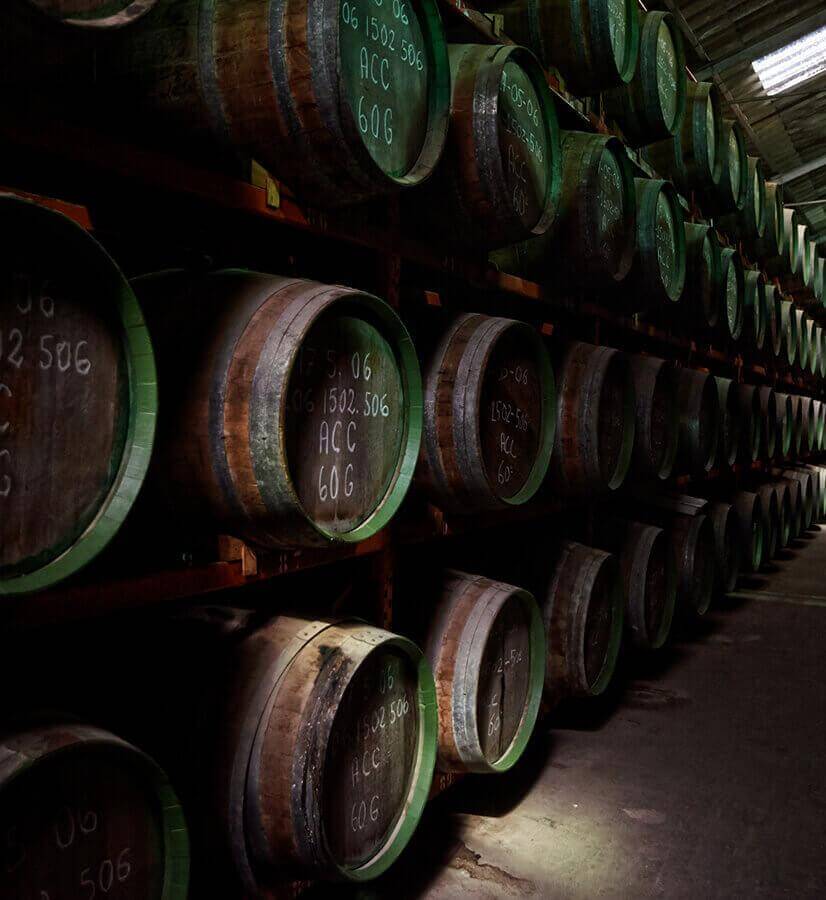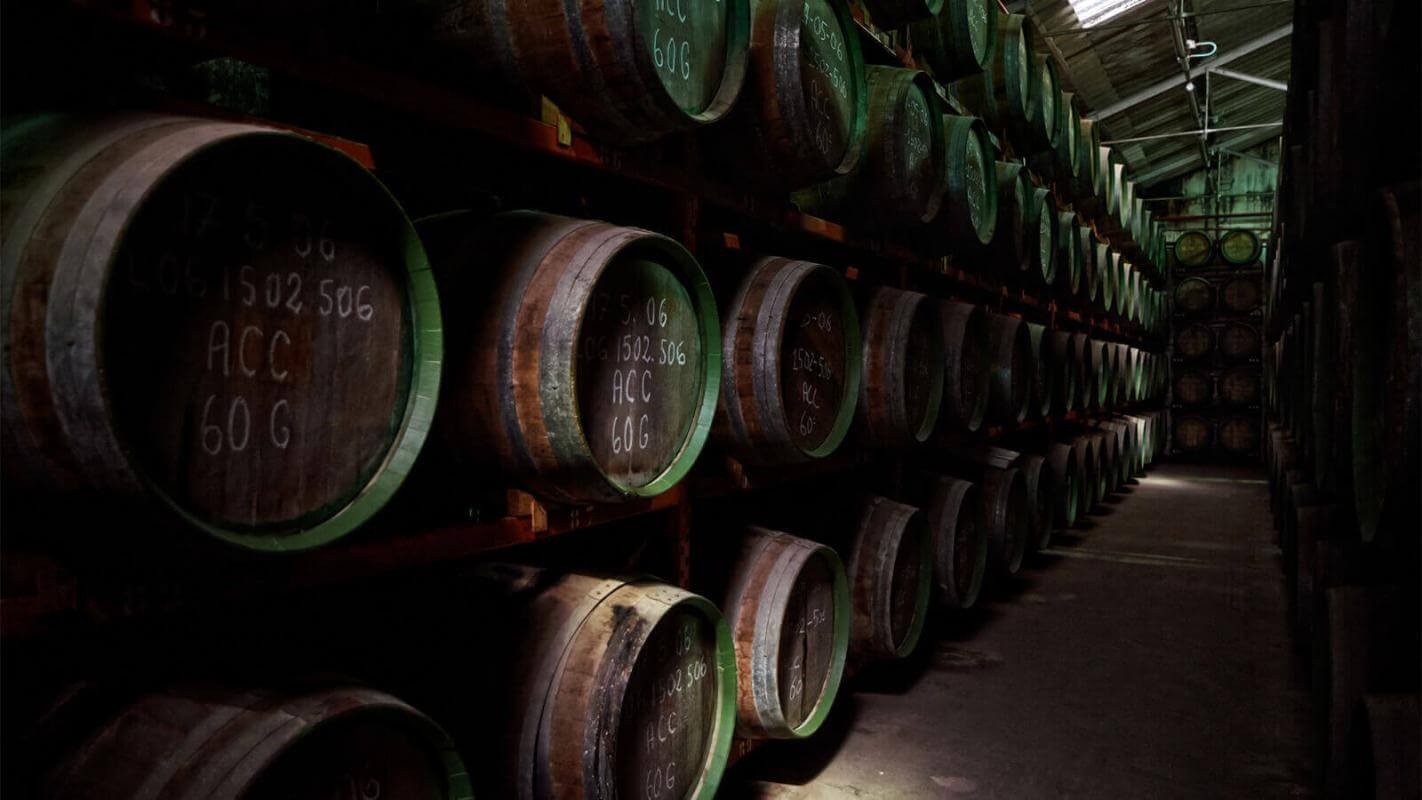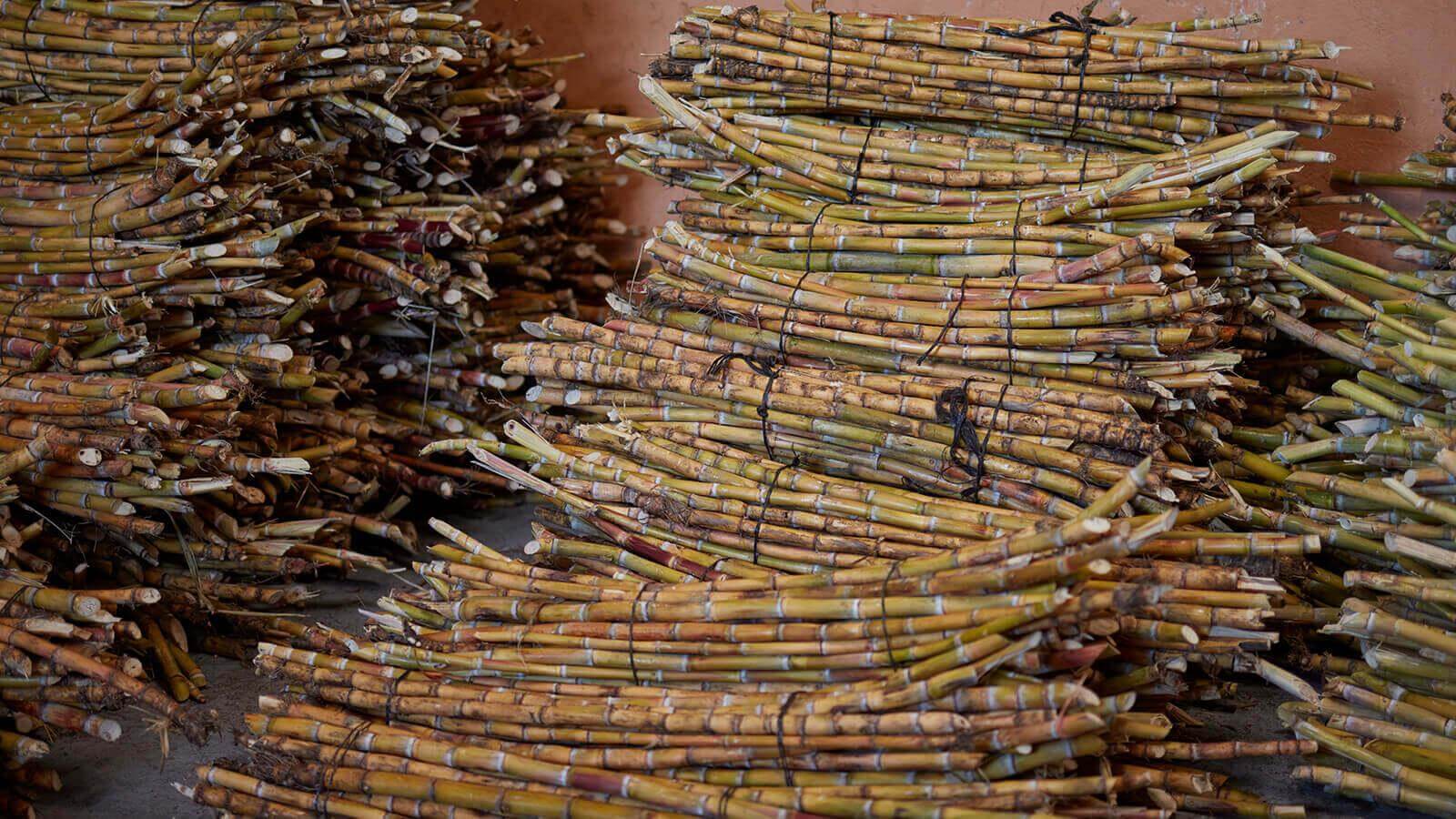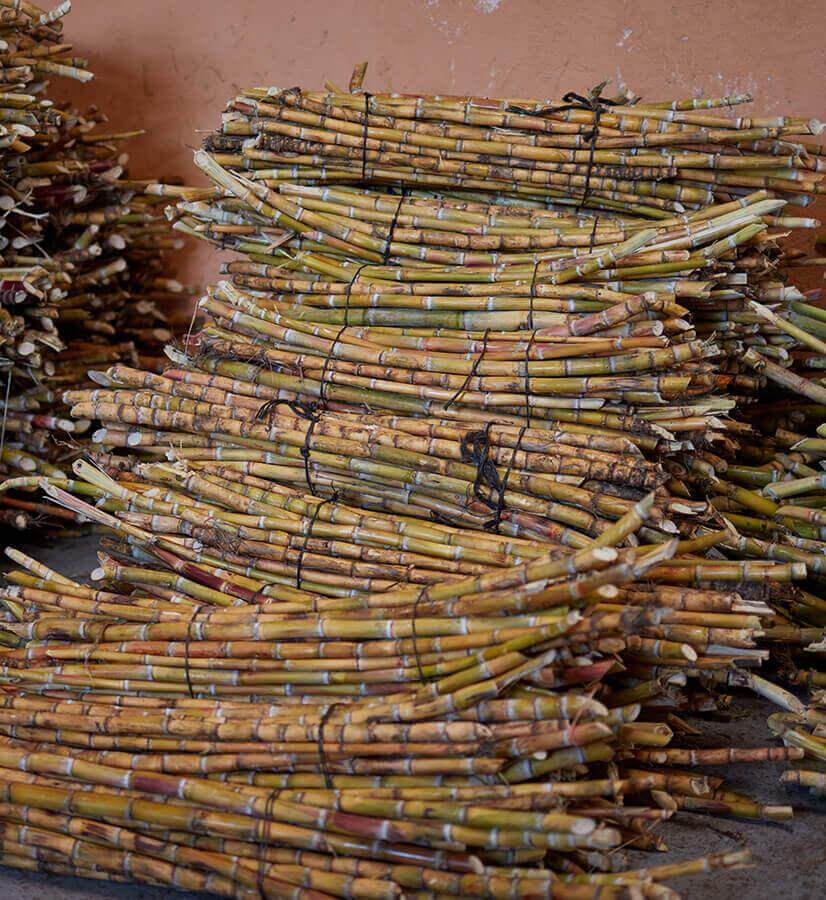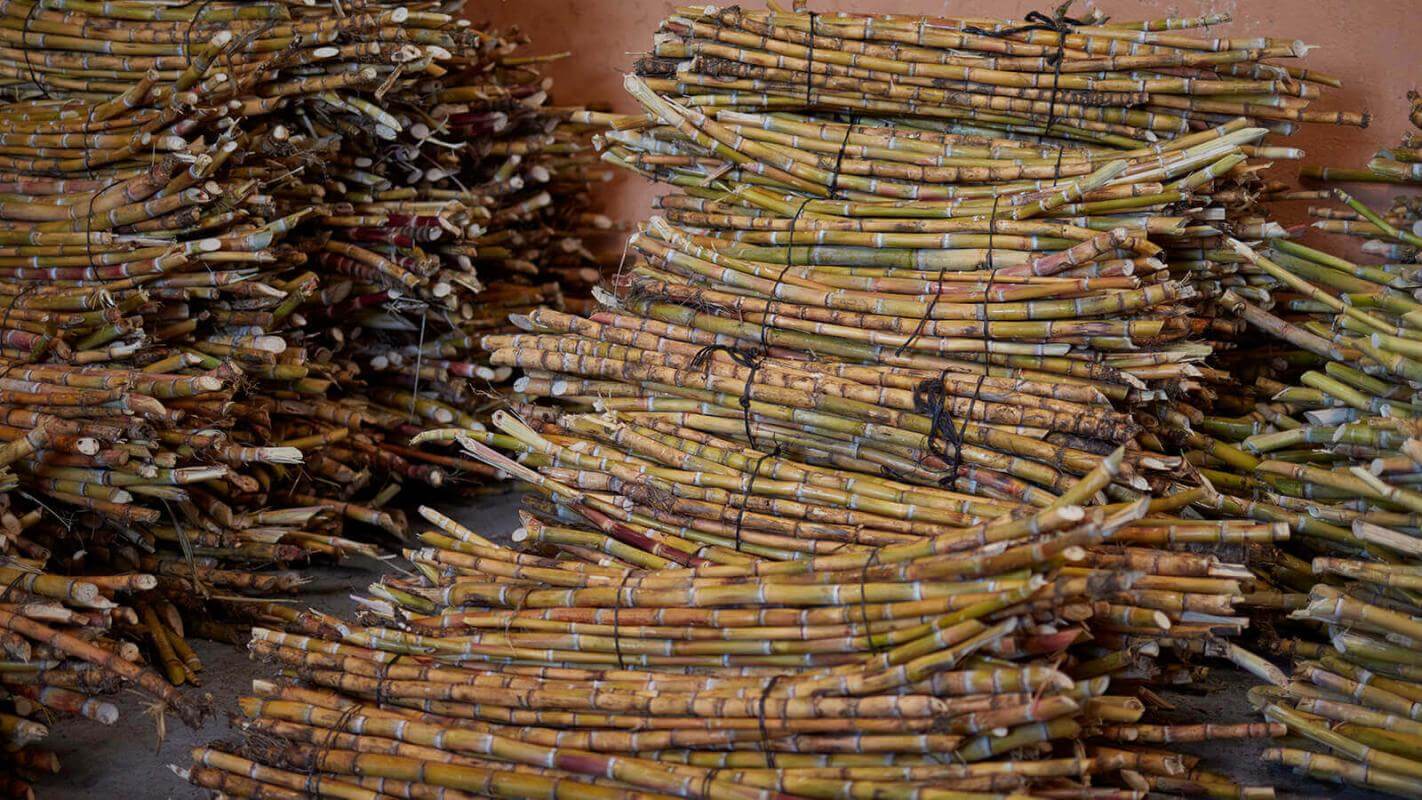The French presence in the archipelago has marked its history for six centuries. Not only did they begin the conquest and found the first towns, they also established some industries, led investigations and published key works for learning more about the islands’ social and cultural heritage.
As is evidenced by the surnames of French origin of many families in the archipelago, the French are drawn to the Canary Islands. A phenomenon that started in the early 15th century, with the search for a lichen prized by the textile industry, and which gradually grew due to the peculiar conditions of each island. Merchants enamoured of local products, naturalists and scientists fascinated by the development of exotic or endemic species… The list of reasons is long, so we had better start at the beginning.
The origin of chronicles of great historical value and a picturesque town
The Norman lord Jean de Béthencourt and the knight Gadifer de La Salle arrived on Lanzarote in 1402 with their men. not only to conquest the island, but to find orchilla. Among them were Pierre Boutier and Jean Le Verrier, two priests who took it upon themselves to write “Le Canarien”, the first chronicle of the conquest of the Canary Islands.
This expedition also led to the founding of Betancuria. This picturesque town with its French-sounding name is seen as the archipelago’s first, and was the capital of Fuerteventura until 1834. Its curious location, tucked away inside a valley in the very heart of the island, was chosen by Béthencourt in an attempt to avoid attacks by the pirates who already ploughed the waters around the Canary Islands. This did not prevent the Barbary pirates under the command of Xabán Arráez from attacking the town in 1593. Sites like the church of Santa María were destroyed, although today it does shine out with the same splendour as when it was inaugurated, around the year 1410, and a stroll through the streets of the historical old town around it can transport one to a bygone era.
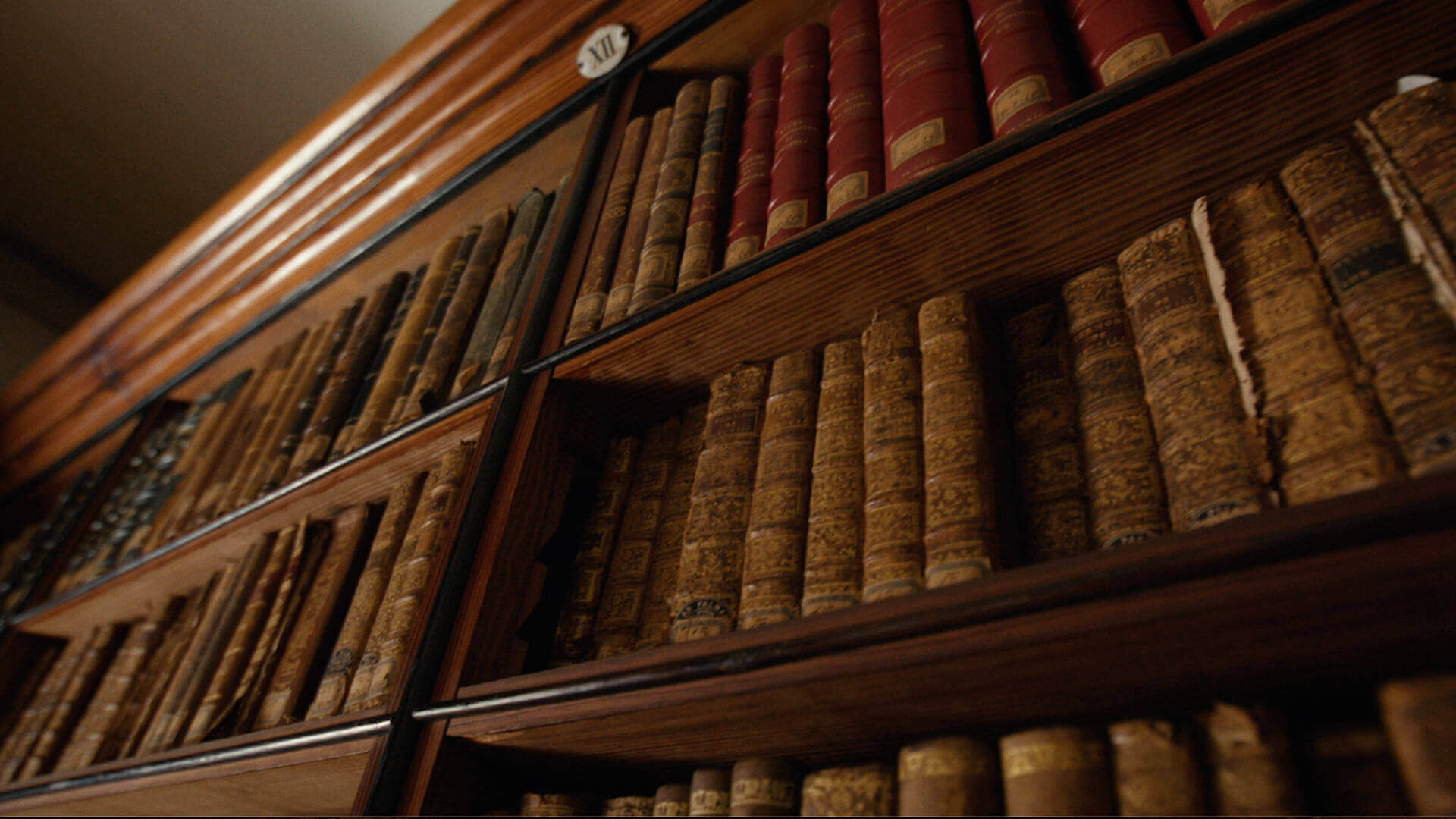

A key archipelago for French navigators, scientists and artists
For centuries the Canary Islands were a key enclave for navigation for many French ships. So much so that King Louis XIII commissioned a committee of experts led by Cardinal Richelieu to verify the data of the astronomer and mathematician Claudius Ptolemy, who situated the Zero Meridian at Punta de Orchilla, on the southernmost tip of El Hierro. After its confirmation in 1634, this location of beautiful sunsets remained the reference point in the cartography of numerous maps, until 1884, when Greenwich was established as the Prime Meridian.
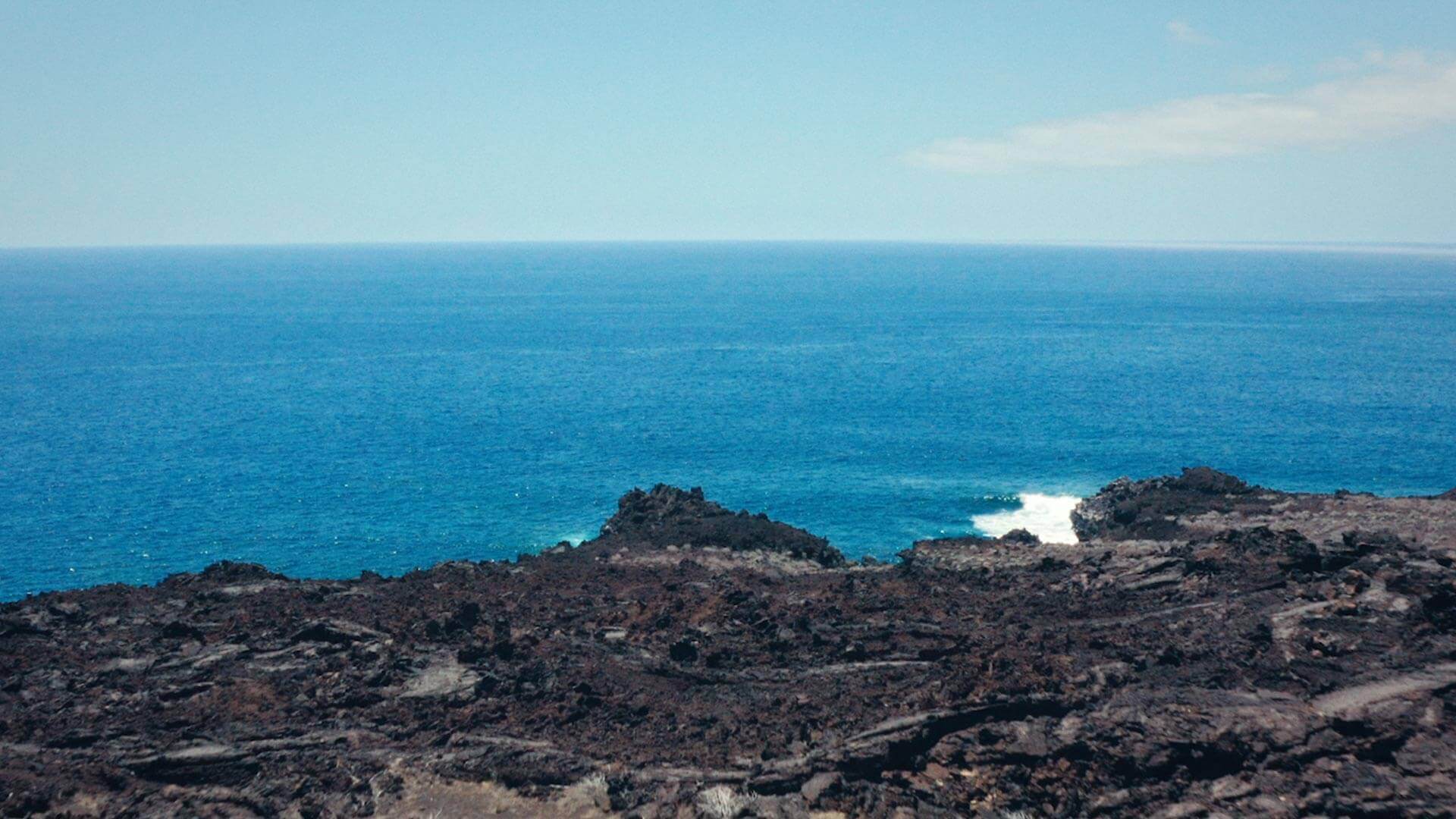

This was not the only thing the French were intrigued by. The altitude of the Teide, a very useful piece of data for sailors, was another one of their obsessions. Father Louis Feuillée, a member of the first scientific expedition to the archipelago, tried to determine this without too much success. A measurement that was corrected in 1776 by the mathematician, physicist, astronomer and mariner Jean-Charles Borda, who set it at 3,713 metres, just two metres below the actual altitude of the volcano. For others, however, it was Canarian nature that awakened their imagination. The volcanic terrain was material for study for many astronomers and geologists who came here, drawn by the archipelago’s clear skies. An inspiring territory which is also present in some quotes or works by famous writers like Victor Hugo or Jules Verne.
“Histoire naturelle des Îles Canaries”, a masterpiece
Sabino Berthelot was a naturalist from Marseilles who decided to devote much of his life to studying the archipelago. His curriculum includes a stint as director of the Acclimatisation Garden of La Orotava (Tenerife), although this was not his greatest achievement.
He and the British botanist Philip Barker Webb explored the islands from top to bottom, taking notes on everything they saw. Little by little, these notes gained in volume until becoming the “Histoire naturelle des Îles Canaries”, the most important work of natural history of the 19th century. Thanks to its level of detail and meticulous illustrations, this natural encyclopaedia is still useful today for gaining in-depth knowledge of the archipelago’s unique nature, especially certain endemic species.
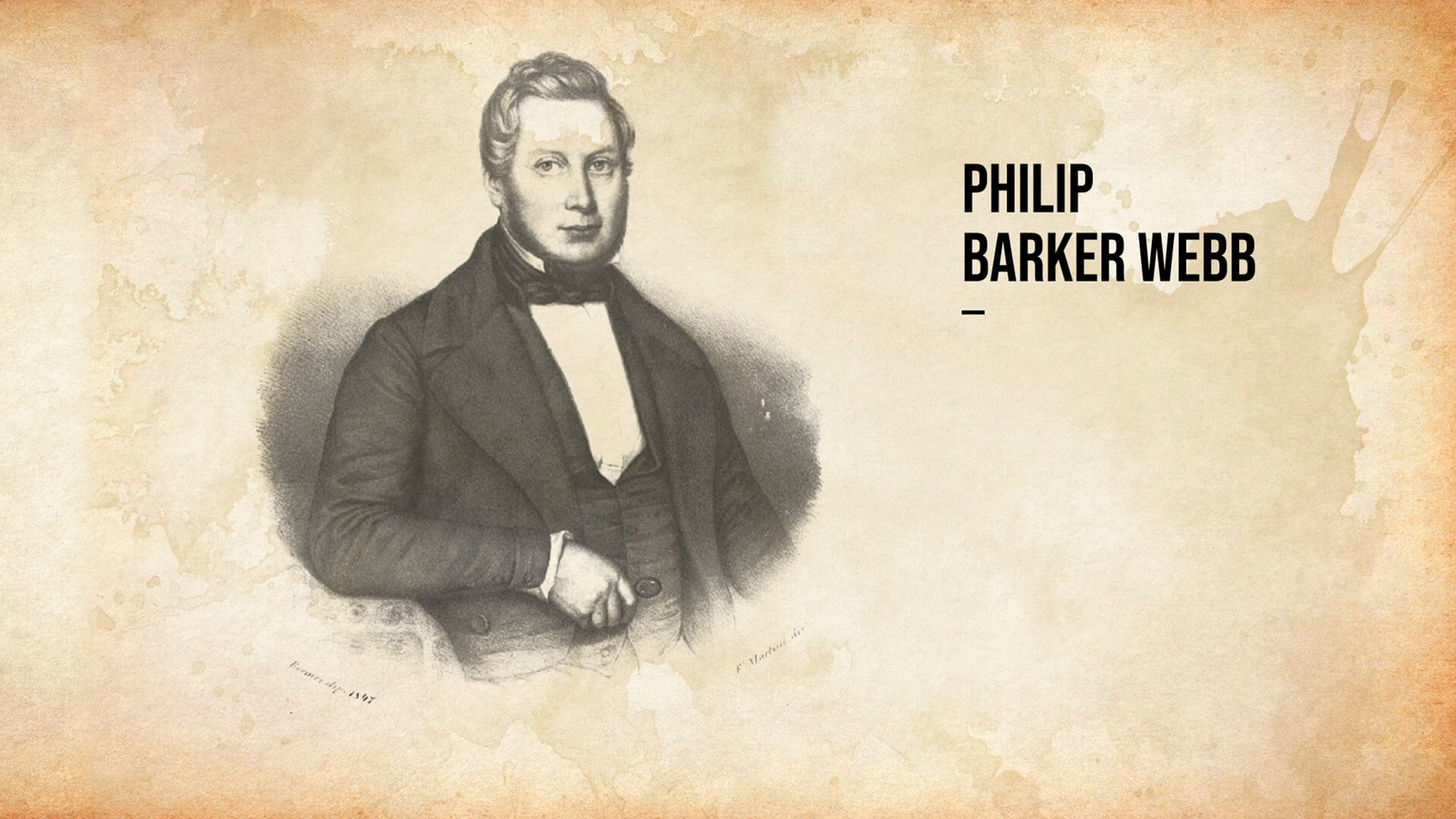

The largest collection of indigenous skulls
Another Frenchman who made a big mark on Canarian culture was René Verneau. This anthropologist came to the archipelago by order of the Ethnographic Museum of the Trocadéro (now called the Musée de l’Homme) in Paris, in order to study the indigenous Canarians. Together with his Canarian colleague Gregorio Chil y Naranjo, he toured the islands in the late 19th and early 20th century, collecting hundreds of Guanche skulls.
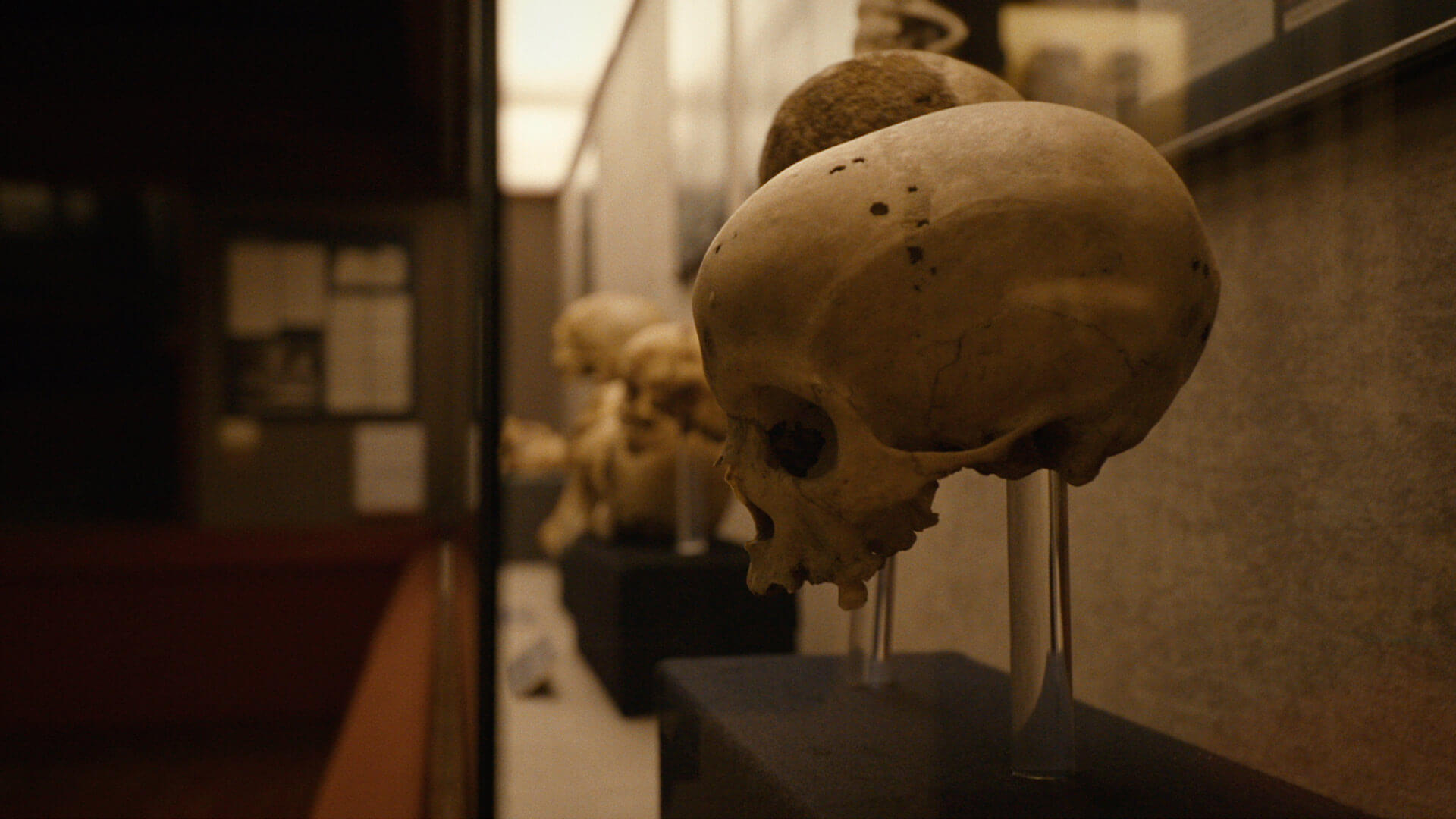

This growing collection enabled them to inaugurate and fill up their own space, El Museo Canario (Gran Canaria), which today houses a spectacular exhibition of indigenous skulls, along with all kinds of archaeological remains and historical elements from bygone ages.
The birth of an important industry
As well as the large scientific community, industrialists and entrepreneurs of French origin also settled in the Canary Islands. This is the case of Alfonso Gourié Álvarez, who in 1884 decided to take advantage of the abundant sugar cane plantations on Gran Canaria to create his own distillery, thus becoming a forerunner to the famous factories that were installed in Cuba after the boom of this crop. Gourié located his rum factory in Arucas, a town in the north of the island which has a rich agricultural tradition, laying the first stone of what is now Arehucas, one of the most famous local spirits.
Islands with much more to tell
Béthencourt, La Salle, Boutier, Le Verrier, Feuillée, Borda, Berthelot and Verneau are just a small sample of the many French people who influenced the archipelago’s history and culture over the centuries. Their testimony lives on through the places they inhabited and the objects or documents displayed by Canarian museums and institutions.
Over the centuries, the Fortunate Isles have been and object of study and admiration for empires other than the French one. The crown of Castile was one of the first to focus its gaze on them, triggering the Conquest of the Canary Islands in 1402. After them, the archipelago was also visited by the English, who left a rich and varied legacy behind them which can still be enjoyed today, thanks to installations such as golf clubs.



